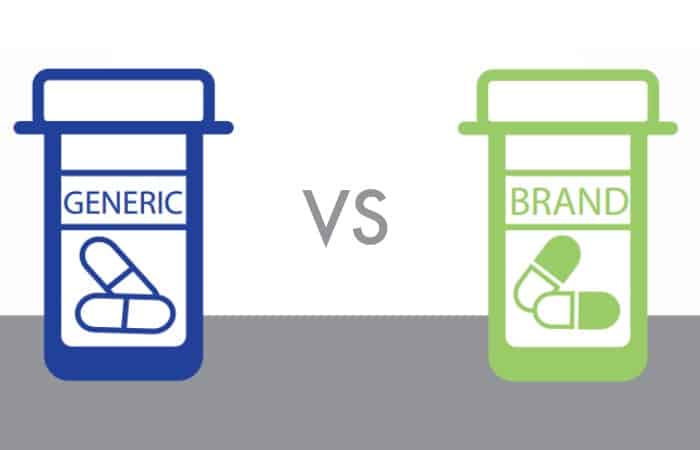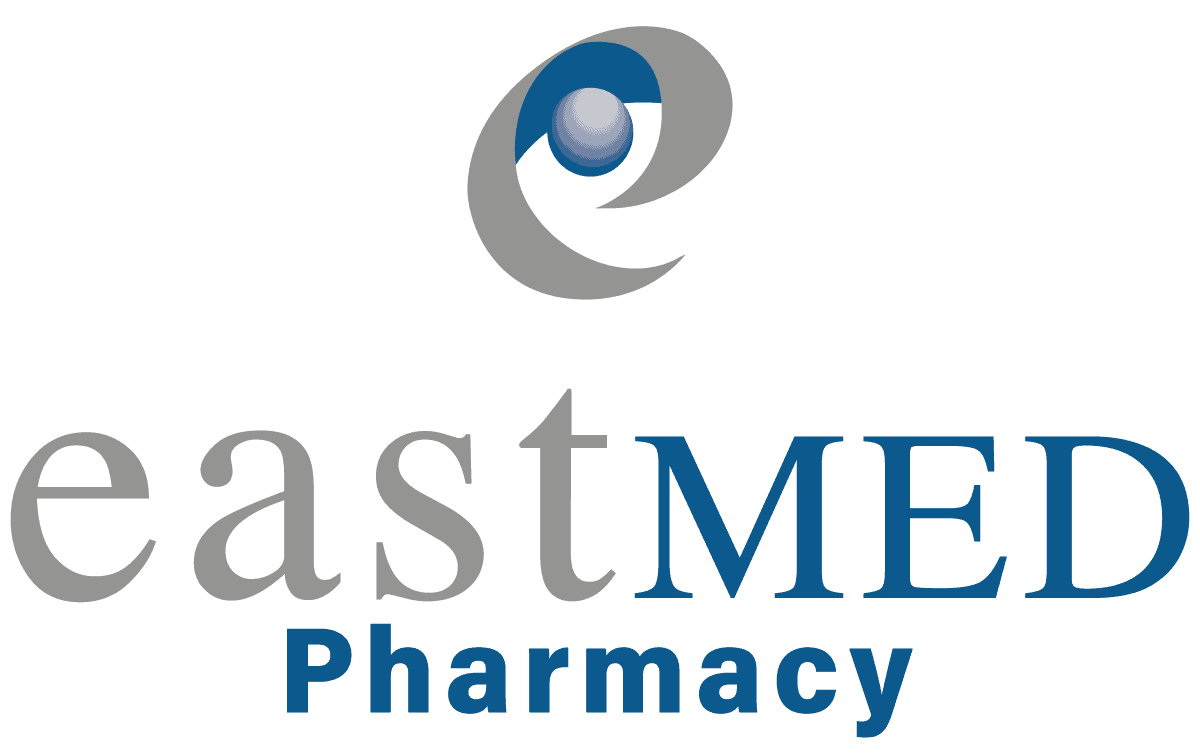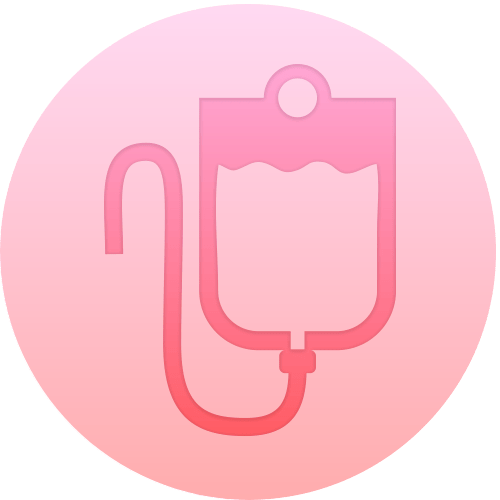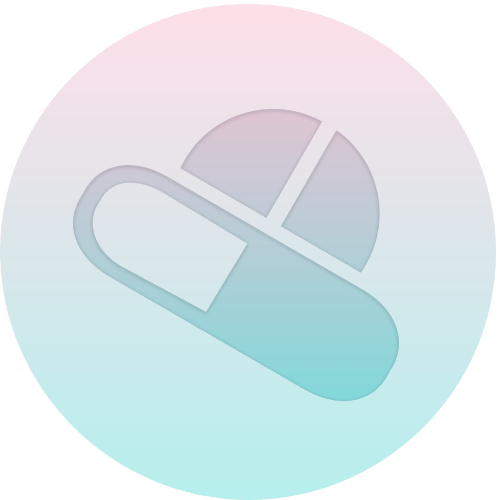Generic or brand medicines – should I be worried?

The weather in the past week has been quite erratic. We had some nice weather last weekend, and for a split second, I thought we are on track to a promising summer. The next minute, the weather made a 180 degree turn at the beginning of the week with some strong gusty winds and heavy rain. The very moment I’m writing this email, I can see the pohutukawa tree outside my window blowing violently in the wind.
It is interesting how things can change so suddenly. I guess that’s the same with life. No matter how well organised and planned we are, nothing can prepare us for what could be happening next. But that’s what makes life so interesting and worth fighting for. Who wants a boring life, right? And it’s times like these that truly tests our character, shaping us to the person we are today.
Anyway, this week I decided to talk about something that my team and I get asked frequently. A regular patient of mine came in for a repeat prescription this morning and asked me a question that I get asked daily –
”Why does my medicine look different from what I had previously?”
“Why does Pharmac always change the brand of my heart pills?”
These, in fact, are very good and important questions to ask when you are picking up your regular prescriptions from your local pharmacist. I’m sure your local pharmacists and pharmacy technicians are all working very hard to keep you up to date with any brand replacement changes made by Pharmac when you pick up your prescription. However, sometimes things do slip through the cracks, and just in case you weren’t being informed, it is important to always phone your pharmacist and clarify any discrepancy in the appearance of your medications. You can always give me a call if you are unsure
The way a registered medicine become subsidised in this country is tightly regulated by Pharmac. Pharmac is the gatekeeper, and they are the people who decide what and which medicines are funded in NZ. The model Pharmac adopts when making a decision always falls back to serving the maximum number of people with the smallest amount of funding. In other words, if a drug company can produce the “same” drug at a lower price, then the majority of the time, they will win the tender for the supply in the NZ market. A drug company has usually been granted a sole supply status for a set period before their contact with Pharmac finishes. From then on, other drug companies may submit a new tender for Pharmac to consider. If a new manufacturer wins the tender for the supply of a drug, then it becomes the sole supplier and hence explaining why you see a brand change once in a while.
Now some of you might ask me: “Chris – are generic drugs as good as the brand-name ones?”
Before I answer this question, we must first understand what generic drugs are. A generic drug is created to be the same as an already marketed brand-name drug in dosage, safety, effectiveness, strength, stability, and quality. It must use the same active ingredients and work the same way, so they have the same risk and benefits as brand-name medicines.
Many of my patients become concerned about generics because they are often substantially cheaper than the original brand-name versions. They wonder if quality and efficacy have been compromised to make less expensive products. One simple reason why generics are much cheaper to produce is that the manufacturer has not had the expenses of developing and marketing a new drug. When a drug company brings a new drug onto the market, the firm has already invested a substantial amount of money on research and development of the drug. A patent is granted to give the company an exclusive right to manufacture the new drug for 20 years before the patent comes off.
Also, to get a stamp of approval from the FDA, a generic medication must be “bioequivalent” to the original brand-name counterpart. What this means is that chemically, the two must pretty much the same when it comes to the extent of the drug reaches the circulation, although manufacturers are allowed for up to 20% in variation. Even though the FDA allows up to 20% variation, in reality, studies have shown that the observed variation is much smaller, 5%.
You might then ask me: “Okay, would such variation make the generic less effective compared to the original brand-name medicine?”
That’s a very good question. Yes, it can be. But also, it could be more effective as well. Some generics can be absorbed slightly more, some slightly less. This amount of difference generally is expected and acceptable. It is important to note that there will always be a slight, but not medically important, level of variability even for one batch of brand-name medicine compared with the next batch. But keep in mind, I’ve also seen some patients finding the generics less effective, and in most of those cases, a simple fix would be a dose adjustment by your doctor.
Although generics must be created the same as the already marketed brand-name ones, trademark laws do not allow a generic drug to look exactly like another drug already on the market. Hence, other characteristics, such as colours, flavouring, and other inactive ingredients that do not affect he performance safety or effectiveness of the generic medicine, may be different.
Over my working life as a pharmacist, I’ve seen only a few isolated cases where the patient reacted badly to generics when they switched over. It is important to be aware that those who reacted badly to generics are usually incompatible with the inactive ingredients used in producing the tablet or pill rather than the actual active compound. It is therefore important to tell your pharmacist if you are allergic or have a bad reaction to any colouring, flavouring or bulking agents (such as gluten, lactose, gelatine, etc.)
So, the next question is, if your pharmacist offers you a generic form of your current medication, should you take it? From a health professional point of view, the short answer in most cases is yes. There is no hard proof at this point that generic medications are any less effective or safe than the original ones. Generic drugs are hugely regulated, which can provide us with some assurance about the quality.
However, from a patient standpoint. It is hard to understand why they need to switch to something else, especially what they are taking is working fine. It can be worrying for patients to potentially anticipating any problems associated with switching to the generics when they are not well informed. In my opinion, communication is the key. I found that a lot of worries can be addressed by proactive and effective communication from the health professional’s side. Surely, certain medications are best if the patient can stick with the brand they are used to. However, if a switch is inevitable, assessment, close monitoring, and potential dose adjustment can be carried out by your doctor safely.
The bottom line is that if you do switch to a generic medicine and notice side effects, it’s definitely something to be discussed with your doctor.
As always, do not hesitate to talk to one of our pharmacists or me if you have any questions or concerns about your generic medication next time you receive one.
To you and your family’s health,
Chris Pharmacist


















